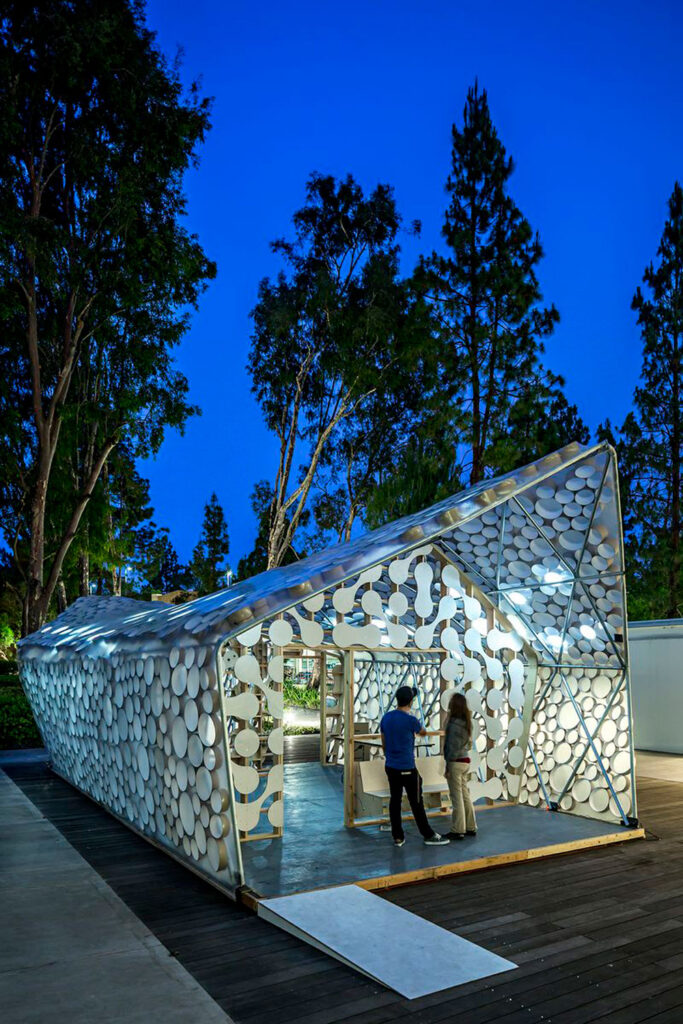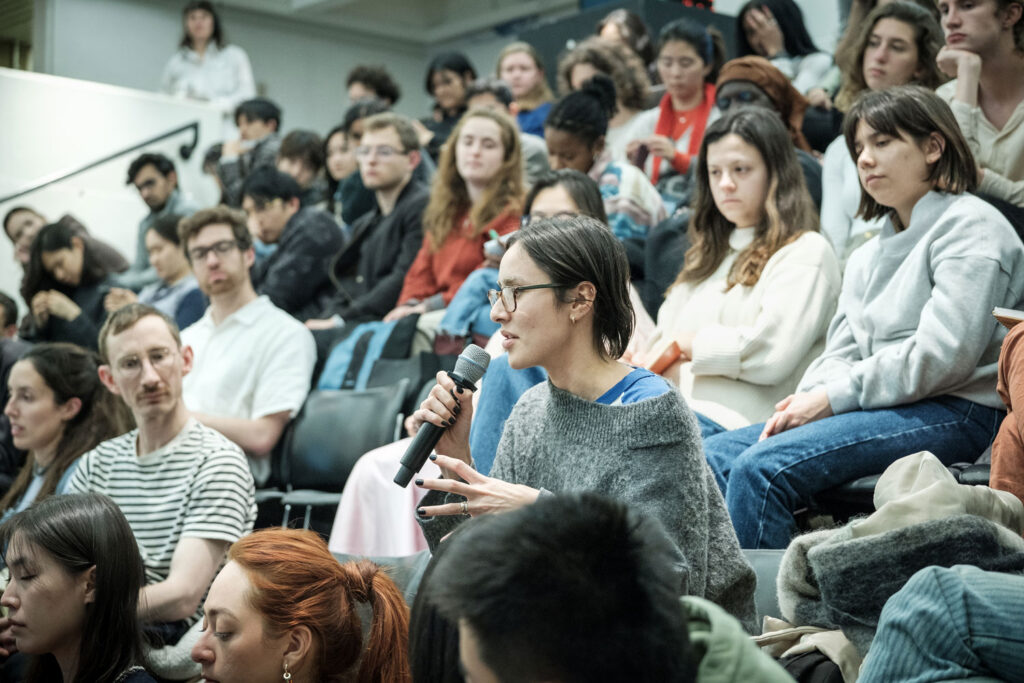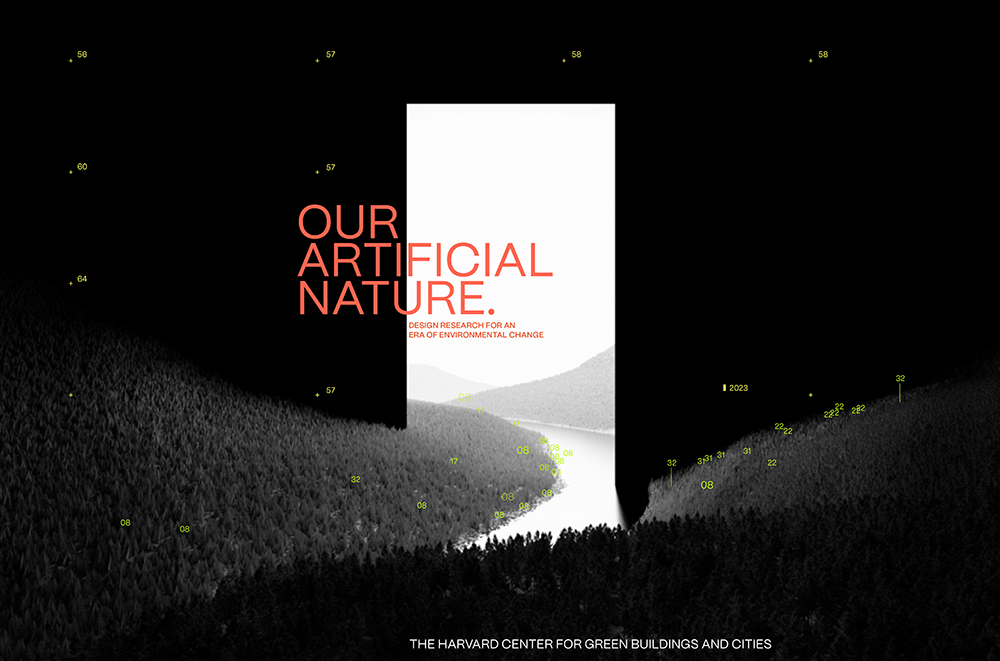Two themes—pragmatism and time—dominated last week’s Practicing Growth in a Finite World, a Harvard Graduate School of Design (GSD) panel presented as this year’s Carl E. Sapers Ethics in Practice Lecture and hosted by the GSD Practice Forum. Four experts—one philosopher and three built‑environment practitioners—approached the question of growth and sustainability in a resource‑constrained world from distinct vantage points. Their conversation, urgent yet mindful of the incremental pace of change, surfaced ethical frameworks for 21st‑century practice and examined how designers can work within today’s constraints to make room for future transformation.

Architects, planners, and designers face a constellation of ethical quandaries. Moderator Elizabeth Bowie Christoforetti, assistant professor in practice of architecture and chair of the GSD Practice Forum, set the stage with a sobering fact: buildings produce more than 40 percent of global carbon emissions. In an age of relentless urban growth, that number captures a central paradox. Political and professional pressures demand speed—the rapid delivery of affordable housing and public infrastructure—even as every new square foot adds to the planet’s carbon and waste loads. Technology can scale these efforts , magnifying both progress and harm—harm potentially so devastating that some commentators argue for a moratorium on new construction. Beneath it all runs a familiar tension: the push to maximize returns for clients versus the desire to create culturally meaningful work. As Christoforetti observed, “the context for 21st-century design is thus a pressure cooker of external complexities.”
The urgency of the moment was brought into focus by philosopher Mathias Risse —Berthold Beitz Professor in Human Rights, Global Affairs, and Philosophy and director of the Carr-Ryan Center for Human Rights at the Harvard Kennedy School. “Architecture and design are at an ethical crossroads,” he argued. The only ethically responsible path forward, Risse suggested, is to become a “pragmatic moral agent”—someone who “works within existing systems to minimize environmental impact, promote sustainable practices, and gradually shift attitudes toward building and consumption.” The practical and temporal dimensions he outlined echoed through the reflections of the remaining three panelists.
Jane Amidon (MLA ’95), professor of landscape architecture and director of the Urban Landscape Program at Northeastern University, examined how practitioners navigate questions of public space, nature, and human experience. She pointed to large-scale, dynamic projects, such as those involving ecological rehabilitation and landscape maturation, that rely on “small tools of incremental change” and sustained advocacy—efforts that unfold over decades. Working closely with communities, she noted, designers can help shift expectations and foster acceptance of new approaches, such as coastal landscape projects in recent years that make room for rising water rather than trying, futilely, to hold it back.

“I’m interested in how design can work within the systems of today and catalyze or allow for the possibility of a different tomorrow,” said Neeraj Bhatia, advocating a similar forward-looking approach. A professor at the California College of the Arts and founder of THE OPEN WORKSHOP , a design-research practice, Bhatia discussed Lots Will Tear Us Apart, a recent collaboration with Spiegel Aihara Workshop that proposes a new housing typology for San Francisco. The project reimagines community living by rejecting conventional property division and private ownership, instead using prefabricated cores and flexible configurations to promote alternative living arrangements that allow for higher density and communal land. “The project asks how the architect can preconfigure the conditions for more collectivity, sharing, and social resilience,” Bhatia explained. “It offers the possibility of other ways of life that can slowly reconfigure the system over time.”

Dr. Dana Cuff , a professor at UCLA, concluded the discussion by focusing on spatial justice and the work she leads through cityLAB , a UCLA-based non-profit research and design center. “In every form of practice,” Cuff observed, “there are ways of doing work that step outside a capitalist model, whether it’s pro bono efforts in a traditional practice or … an organization dedicated to something like affordable housing.” One of cityLAB’s first breakthroughs was its research into the feasibility of accessory dwelling units (ADUs) in California, which helped shape 2016 legislation that opened the door for an estimated 8.1 million ADUs statewide. Building on that momentum, Cuff and her team turned their attention to small vacant lots throughout Los Angeles, launching Small Lots, Big Impact in spring 2025—a design competition aimed at prototyping and promoting housing on underused parcels. As she remarked in response to an audience question, “Capitalism is the air we breathe. Once you accept that, you have to ask yourself: what can you do to shift the trajectory, even slightly, and open up new possibilities?”
Cuff’s reflection echoed a point made earlier in the evening by Sarah Whiting, dean and Josep Lluís Sert Professor of Architecture at the GSD, who opened the event by emphasizing design schools’ ethical responsibilities—to their students, the profession, and humanity. “If we want our students to advance the world, making it more beautiful, more just, more ecological, and more durable, we need to work with them to envision what practices can enable that,” Whiting said. “As we push the envelope of building envelopes, facades, structures, materials, forms, and programs, we need to push the envelope of practice itself.”
In the end, Practicing Growth in a Finite World revealed less a crisis than a recalibration. The panelists’ insights traced an ethics of patience and pragmatism—an acknowledgment that meaningful change in the built environment unfolds not only through grand gestures, but through persistant, systemic work. In confronting the limits of growth, they offered a hopeful reminder: that design’s true power lies not only in what it creates, but in how it reimagines the conditions for collective progress.

